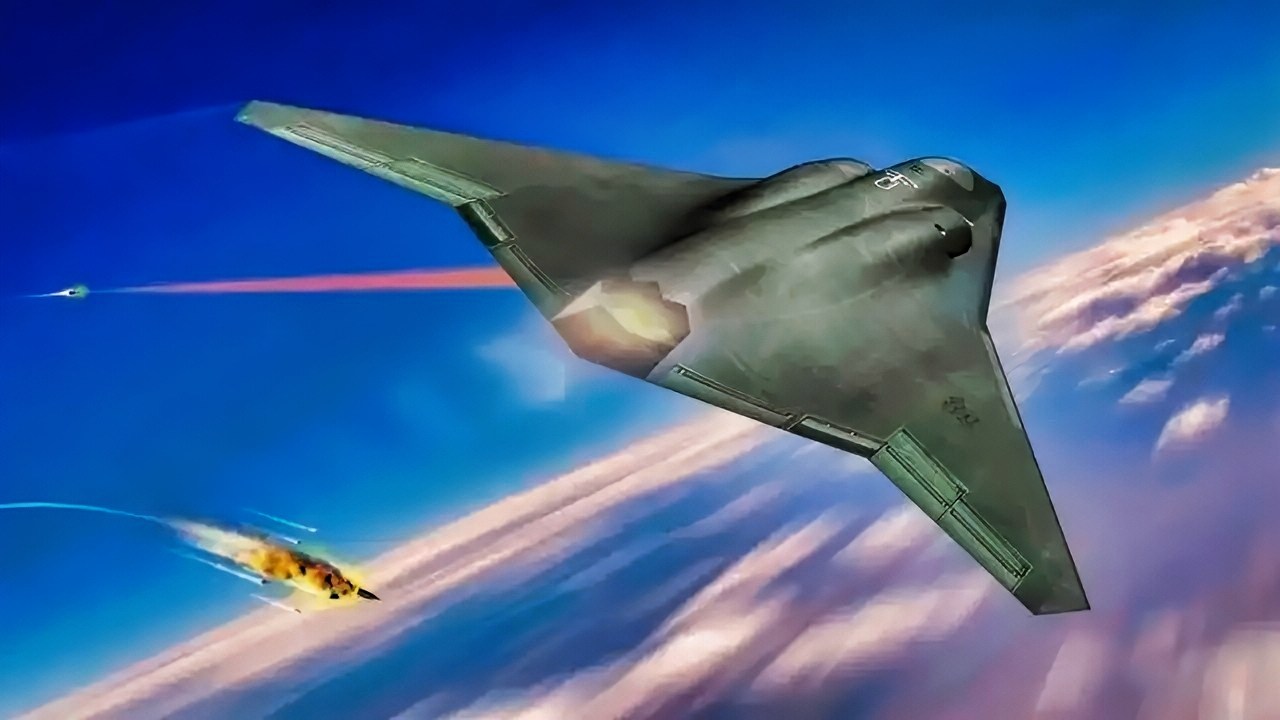Key Points and Summary – The prospect of selling F-35s to Saudi Arabia raises fears that Israel could lose its long-held air dominance in the Middle East.
-Yet even if Riyadh gets an export-standard F-35, Israel’s bespoke F-35i Adir—tuned with indigenous sensors and electronic warfare tools against Iranian, Hamas, and Hezbollah threats—should retain a qualitative edge.

A U.S. Air Force F-35A Lightning II assigned to the 355th Fighter Squadron receives fuel from a KC-135 Stratotanker assigned to the 909th Air Refueling Squadron during a bilateral air exercise with Japan Air Self-Defense Force fighters over the Pacific Ocean, April 14, 2023. Bilateral operations exemplify the U.S. and Japan alliance’s ability to quickly and decisively respond to threats within the Indo-Pacific region. (U.S. Air Force photo by Senior Airman Jessi Roth)
-The Adir may also be optimized to counter Russian-made air defenses and hostile drones in ways Saudi jets will not match.
-One potential strategic “fix” for Washington: offset a Saudi F-35 sale by granting Israel early access to the sixth-generation F-47, locking in its regional air superiority.
The Real Answer to Saudi F-35s? Give Israel the Sixth-Generation F-47
The potential sale of the F-35 to Saudi Arabia raises significant geopolitical sensitivities, as it would enable the Kingdom of Saudi Arabia to match Israel’s 5th-generation F-35i Adir.
Broadly speaking, the sensitivities and regular animosity between Israel and its surrounding muslim neighbors are well established.
Some might be inclined to think that an F-35-armed Saudi Arabia could increase tensions and potentially disrupt the regional balance of power.
Israeli Air Superiority
At the moment, Israel operates with complete air superiority throughout the Middle East, in considerable measure because it is the only country with 5th-generation stealth air attack capability. Israel opposes the sale of the F-35 to Saudi Arabia.
Yet, several additional variables to this equation might ensure Israel retains air superiority, even in the event of F-35s going to the Saudi military.
One clear factor is that the Israeli Defense Forces have specifically engineered their F-35i Adir fleet with indigenously developed technologies, perhaps in large measure to counter known threats in the region.
The Adir variant is especially configured with threat-specific technologies.
While details are not available, it would not be surprising if the IDF F-35i Adir were engineered with special electronic warfare (EW) capabilities developed to counter known enemy drones and weapons threats in the region.
The Saudis will be getting an “export variant” of the F-35, so it is conceivable that Israel’s Adir could be superior in performance, sensor range, and EW capacity, enabling Israel to sustain its air superiority in the region.
F-35I Adir EW
A tailored EW system might make sense for Israel, given the nature of the threats it might face.
For example, many of Israel’s regional threats, such as Iran or militant groups such as Hamas and Hezbollah, would, of course, not present an air threat to Israel in terms of aircraft.
Therefore, the IDF F-35I Adir could be engineered to counter specific RF frequencies, signals, air defenses, and drone weapons known to be used by Iran, Hamas, and Hezbollah.
For instance, there are now drone defense weapons that can intercept and discern the RF protocol of an enemy drone and disrupt its flight path or even take it over completely.

F-47 NGAD Artist Impression. Image Credit: Creative Commons.
Therefore, it would not be surprising if this kind of technology were built into the Adir. Secondly, the Adir might be specially configured to “jam” or disable certain Russian-built air defenses, such as S-300s or S-400s.
The other element of this may simply relate to sensing and computing; specifically, will a future Saudi F-35 be engineered with the same sensing and targeting technology across range, image fidelity, and targeting precision?
If so, then indeed a Saudi F-35 could “balance” the air power equation in a way that has not been possible for many years now.

A joint team consisting of F-35 Patuxent River Integrated Test Force flight test members, U.S. Sailors and Marines, and the crew of the Japan Maritime Self-Defense Force Izumo-class multi-functional destroyer JS Kaga (DDH-184) are executing developmental sea trials in the eastern Pacific Ocean to gather the necessary data to certify F-35B Lightning II short takeoff and vertical landing aircraft operations. While aboard the MSDF’s largest ship, the Pax ITF flight test team has been gathering compatibility data for analysis in order to make recommendations for future F-35B operational envelopes, further enhancing the Japanese navy’s capabilities. The results of the testing will contribute to improved interoperability between Japan and the United States, strengthening the deterrence and response capabilities of the Japan-U.S. alliance and contributing to peace and stability in the Indo-Pacific region. Japan is an F-35 Joint Program Office foreign military sales customer planning to purchase 42 F-35Bs. The F-35 Joint Program Office continues to develop, produce, and sustain the F-35 Air System to fulfill its mandate to deliver a capable, available, and affordable air system with fifth-generation capabilities.
F-47 to Israel
There is yet another possible way to address the unfolding geopolitical dispute, and that would be to sell the emerging 6th-gen F-47 to Israel to ensure the IDF is guaranteed continued air superiority in the region.
About the Author: Kris Osborn
Kris Osborn is the President of Warrior Maven – Center for Military Modernization. Osborn previously served at the Pentagon as a highly qualified expert in the Office of the Assistant Secretary of the Army—Acquisition, Logistics & Technology. Osborn has also worked as an anchor and on-air military specialist at national TV networks. He has appeared as a guest military expert on Fox News, MSNBC, The Military Channel, and The History Channel.
More Military
Who Has the Fastest Hypersonic Missile? Russia, China, or the US?










